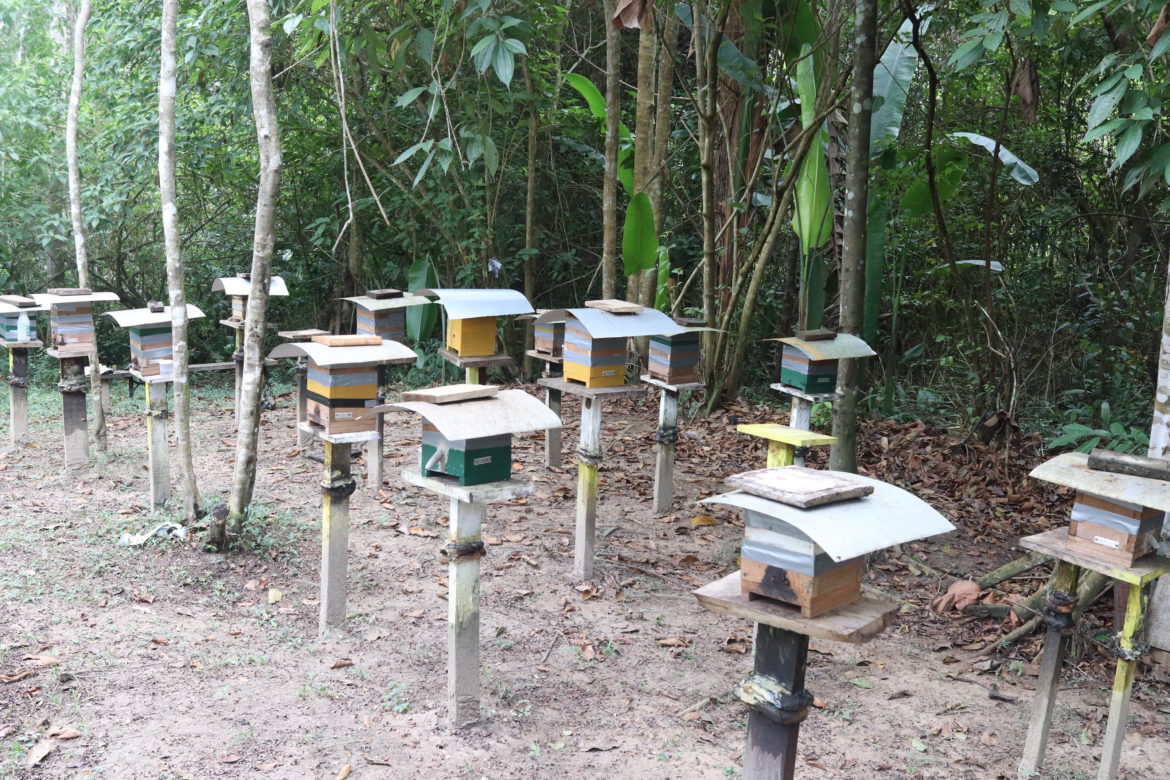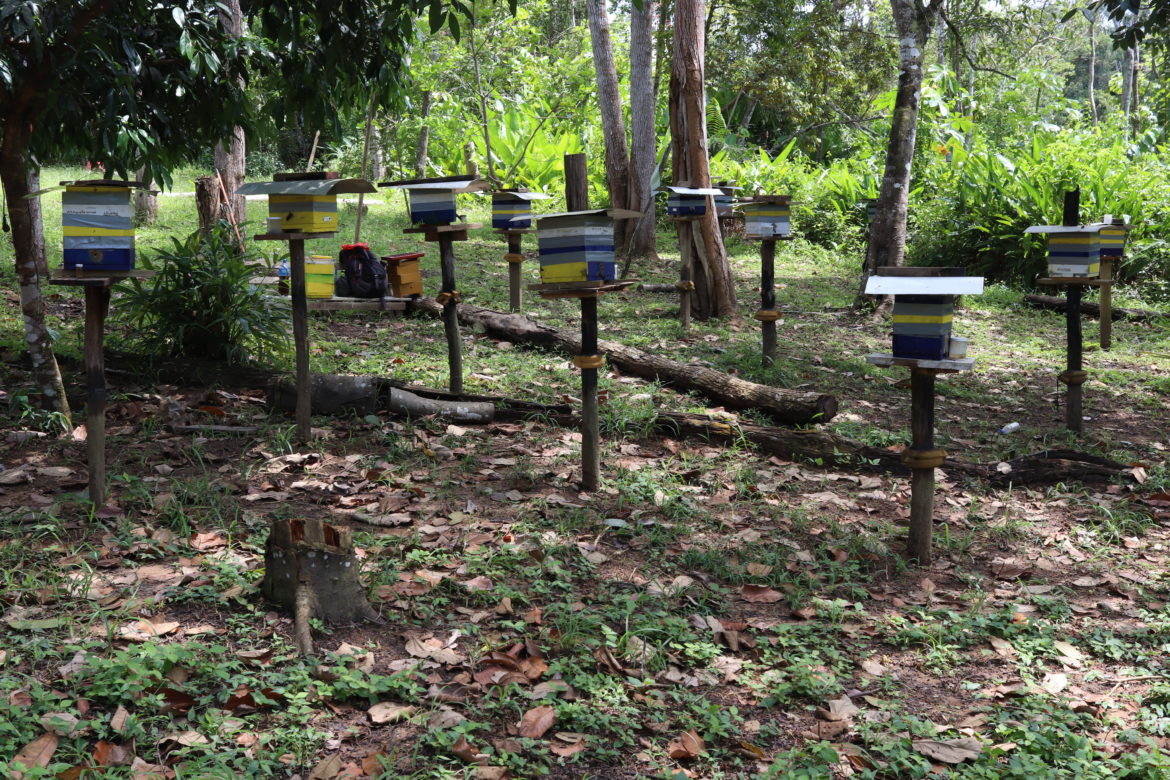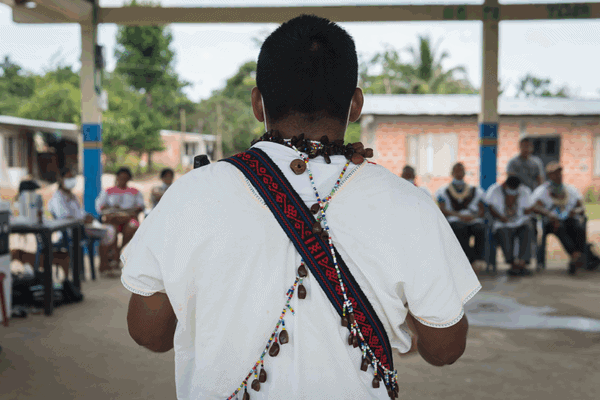Ancient human societies were not the first to discover the power of plants for healing: for millions of years, bees have used botanical resin exudates to control the proliferation of microorganisms in their nests. Amazonian bees possess innate knowledge of medicinal plants. By collecting resin from different trees and plants, they manufacture one of the first medicinal cocktails produced by animal societies, known as propolis. ACT has been strengthening the communities living in the Amazon forest in order to sustainably harvest this product.
*All photos and video courtesy of Ayrton Vollet Neto
Shamans of Amazonian Amerindian societies employ forest plants to treat a multitude of conditions. In the modern era, Western medicine has scientifically demonstrated the therapeutic efficacy of many plants used by these healers and those of other ancient societies. But ancient human societies were not the first to discover the power of plants for healing: for millions of years, bees have used botanical resin exudates—known as propolis—to control the proliferation of microorganisms in their nests.
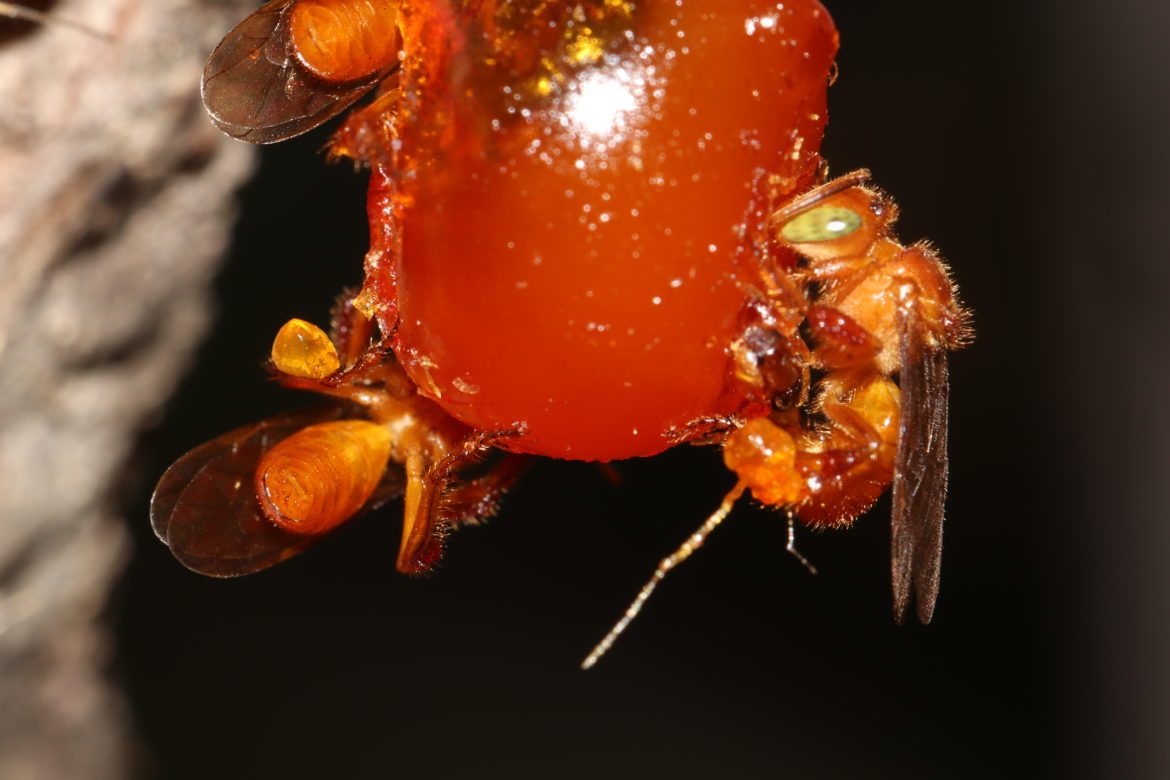
Searching for medicines in the forests’ pharmacy
A specialized set of bees within the nest’s society are constantly sniffing for resin exudates that may ooze from tree wounds, newly broken branches, or even their own bites into plants. The exudates typically contain compounds employed by plants to fight parasites and ward off herbivores. Among them are complex molecules used by plant species to manage their individual ecological relationships: they may assist in deterring predators and parasites, attracting pollinators, repelling other plants, or giving color to their flowers.
Bees, some animals and even humans have taken advantage of these compounds for different purposes in their nests and bodies. A molecule that attacks the intestine of beetles may be used by a plant to prevent being entirely consumed by these insects, but it may also hinder a certain metabolic reaction of a pathogenic bacterium that lives in the nests of bees, or inside human organs. In effect, it is being employed as a medicine.
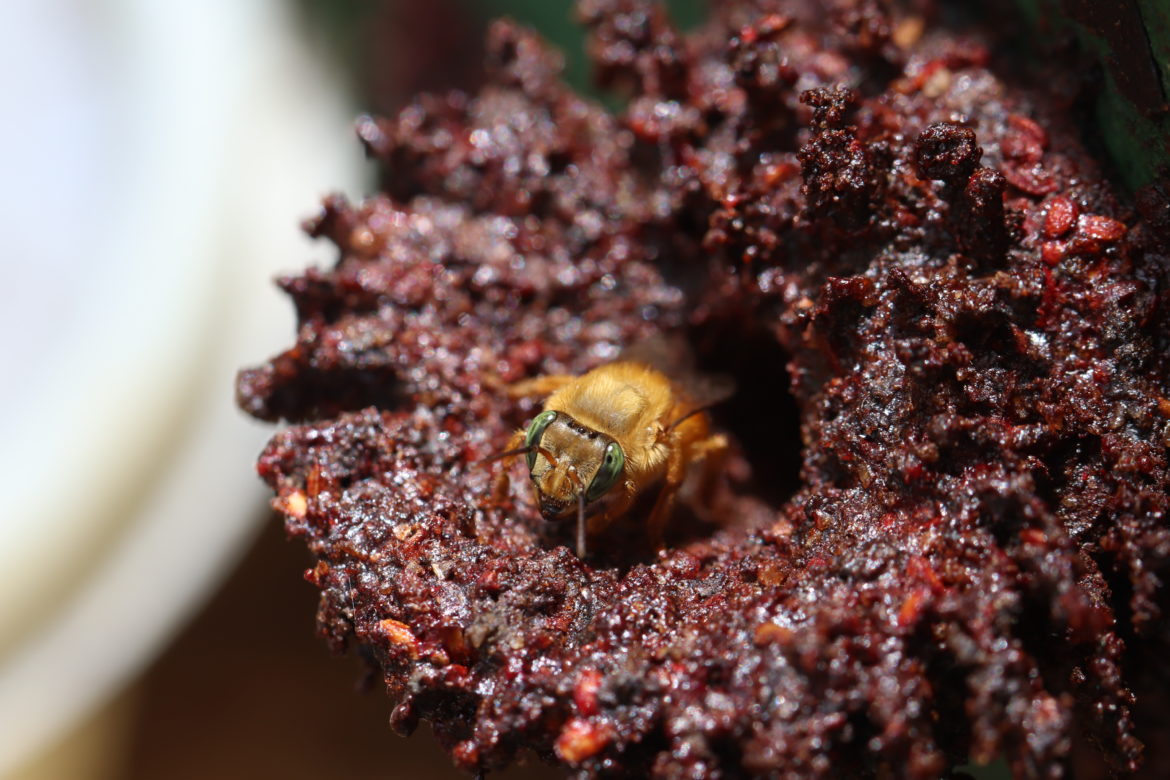
Fig. 2 – Stingless bee nest entrance made out of propolis (plant resins) and other building material, such as small seeds and mud. 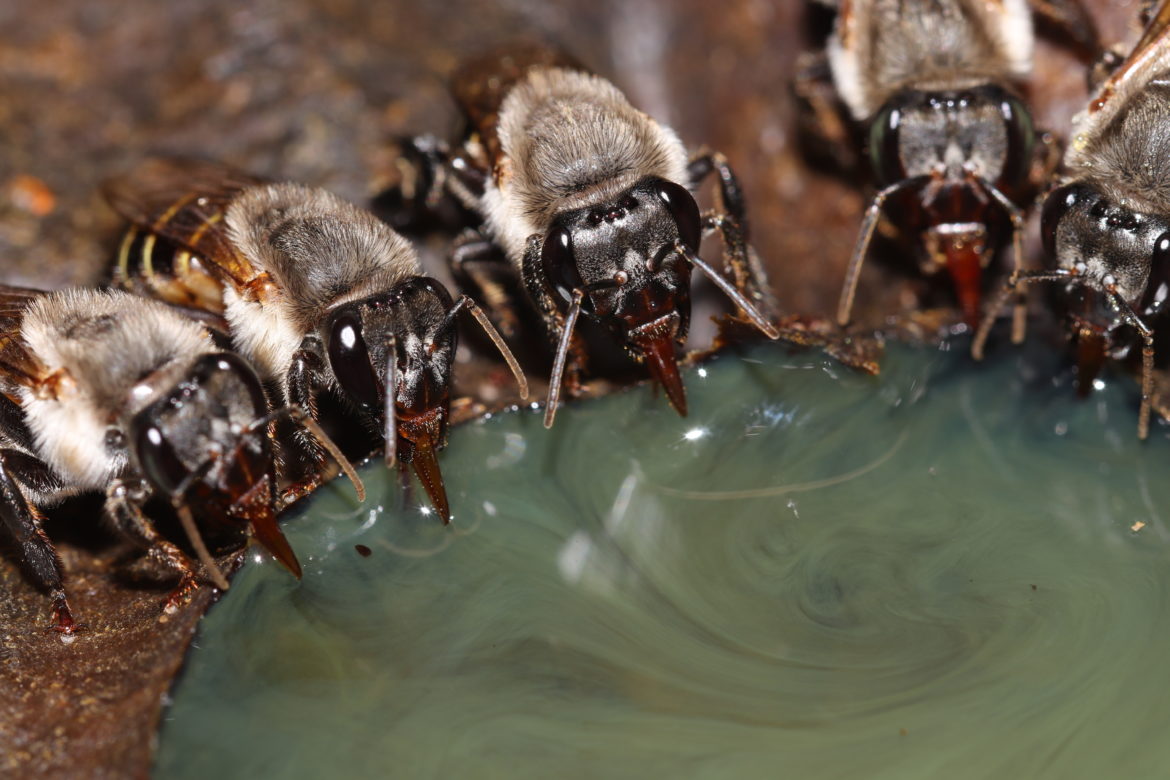
Fig. 3 – Stingless bees drinking from a honey pot. The honey absorbs propolis compounds from the wax/resin walls of the pot.
When bees locate fresh resin exudate, they cut the resin into pieces and place it on their hind legs in order to transport it back to their nests (Fig. 1). Once in the nest, they place the resin chunks into storage aggregates that are processed by other bees, and this substance is ultimately transformed into propolis. Bees usually spread propolis on their bodies or throughout their nests, and may use it to seal cracks, to protect the nest’s entrance, or combined with wax as building material (Fig. 2). When used to build food pots, the propolis in the walls of these containers transfers the plant’s secondary compounds to honey and pollen, contributing to the control of the spread of certain undesirable microorganisms that feed on the highly nutritious food inside the hive (Fig. 3), conveying some of these properties to their honey.
Stingless bees helping traditional communities

“Things have changed since the bee project arrived in [my village of] Kwamala. I believe that in the future, when the bee project grows even more, men from Kwamala will not search for money in other places and from gold mining.”
“I don’t want to see my river, my creeks, and my forests destroyed. That’s why I want the bee project to grow in my village.”
RubeN Sinkara, the “bee technician” of the stingless bee project in Kwamalasamutu
Human societies have been making use of this primitive knowledge of bees for centuries: these compound cocktails have long been applied in traditional medicine to combat microorganisms that are pathogenic to humans. ACT is supporting several different initiatives on stingless beekeeping (meliponiculture) as an alternative livelihood for traditional communities living in the forest, across its programs in Suriname, Colombia and Brazil. These initiatives have promoted the use of honey and propolis as a medicine and food, as well as their commercial harvesting when suitable (Fig. 4).
Since its inception, ACT has supported intergenerational knowledge transfer from Amazonian traditional healers. In recent years, ACT has been learning about the medicinal arts of an even more ancient society: the bees of the rainforest. ACT has a long-term commitment to its partner communities and their collaborative self-sustainability initiatives, including beekeeping. I look forward to sharing other fascinating aspects of this highly educational endeavor soon.
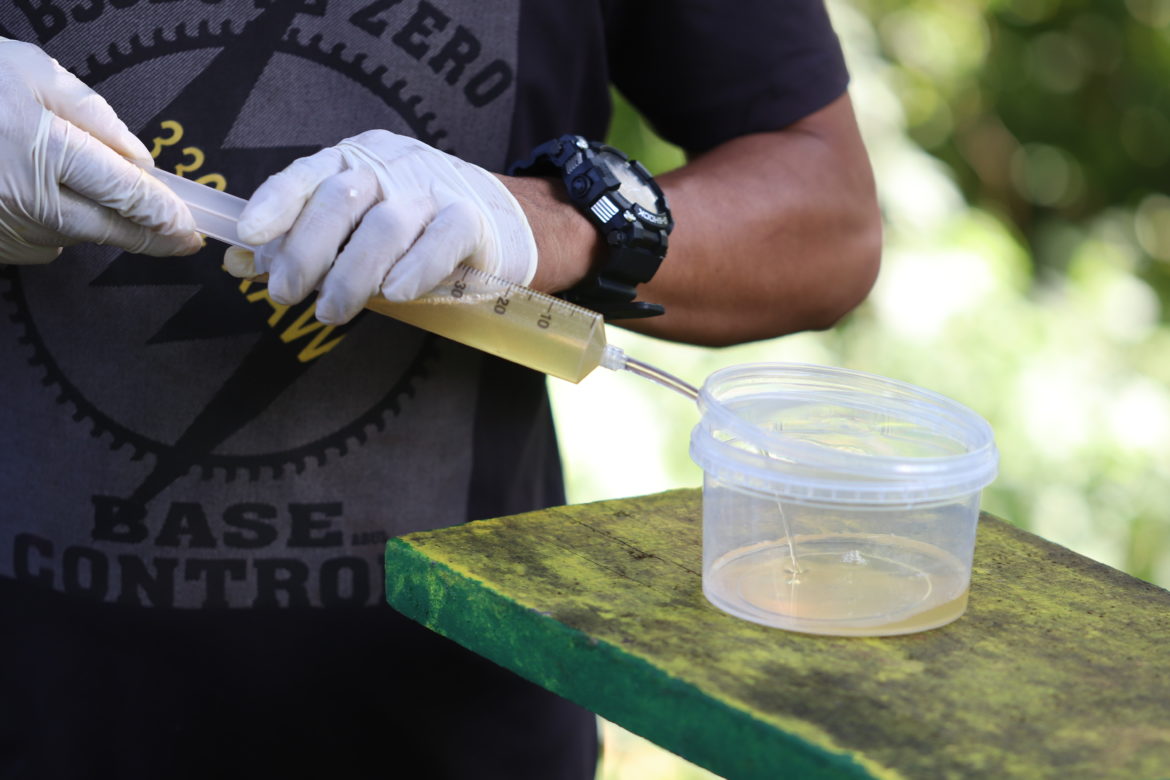
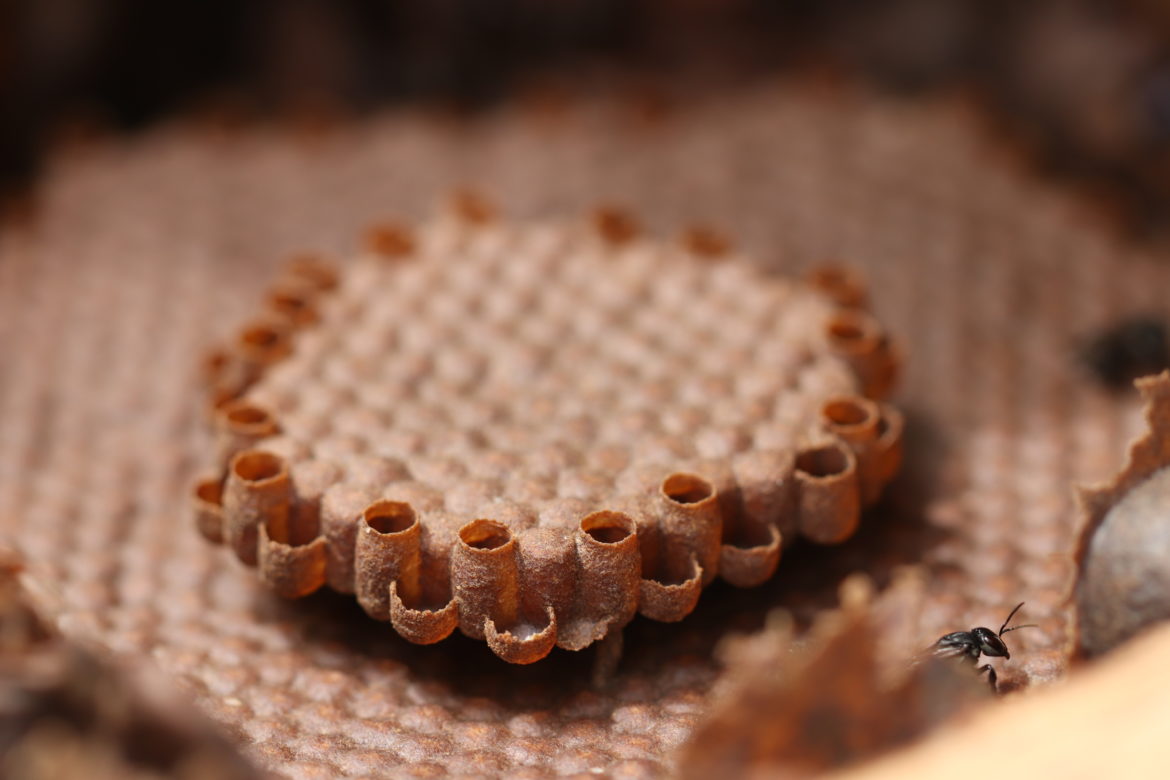
Stingless bee brood comb 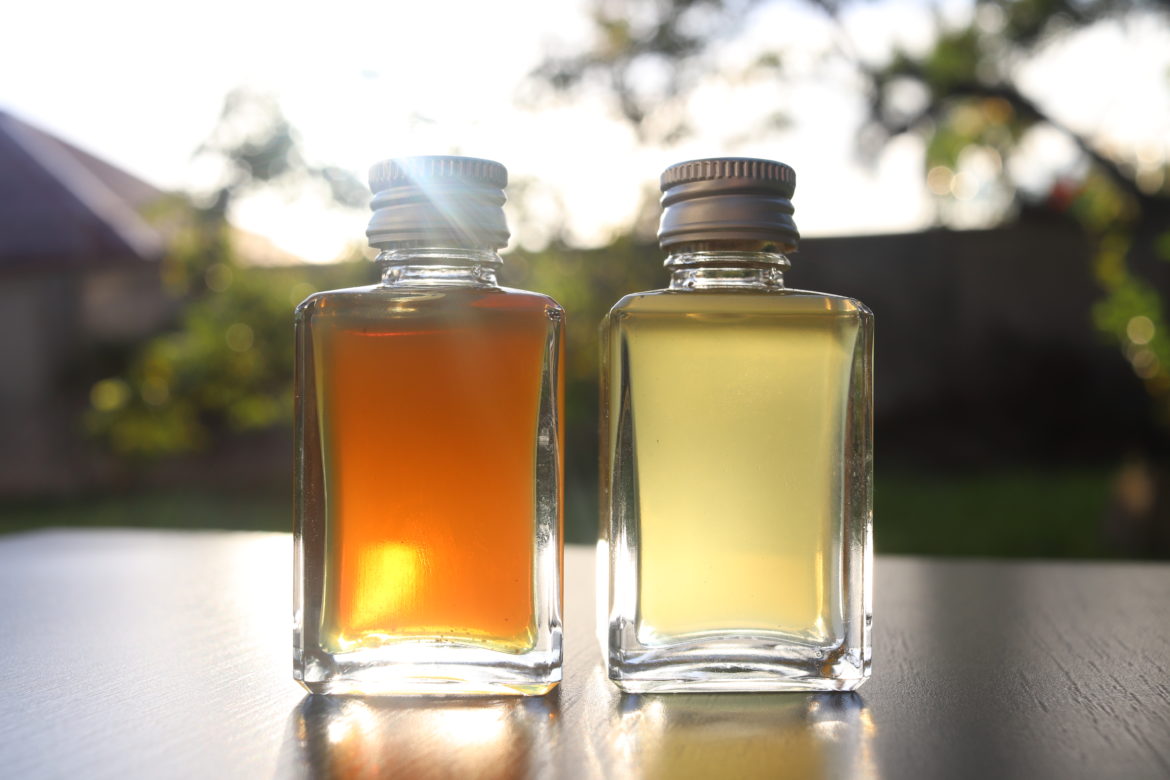
Different stingless bee species produce honey with different colors, flavors, and medicinal properties. 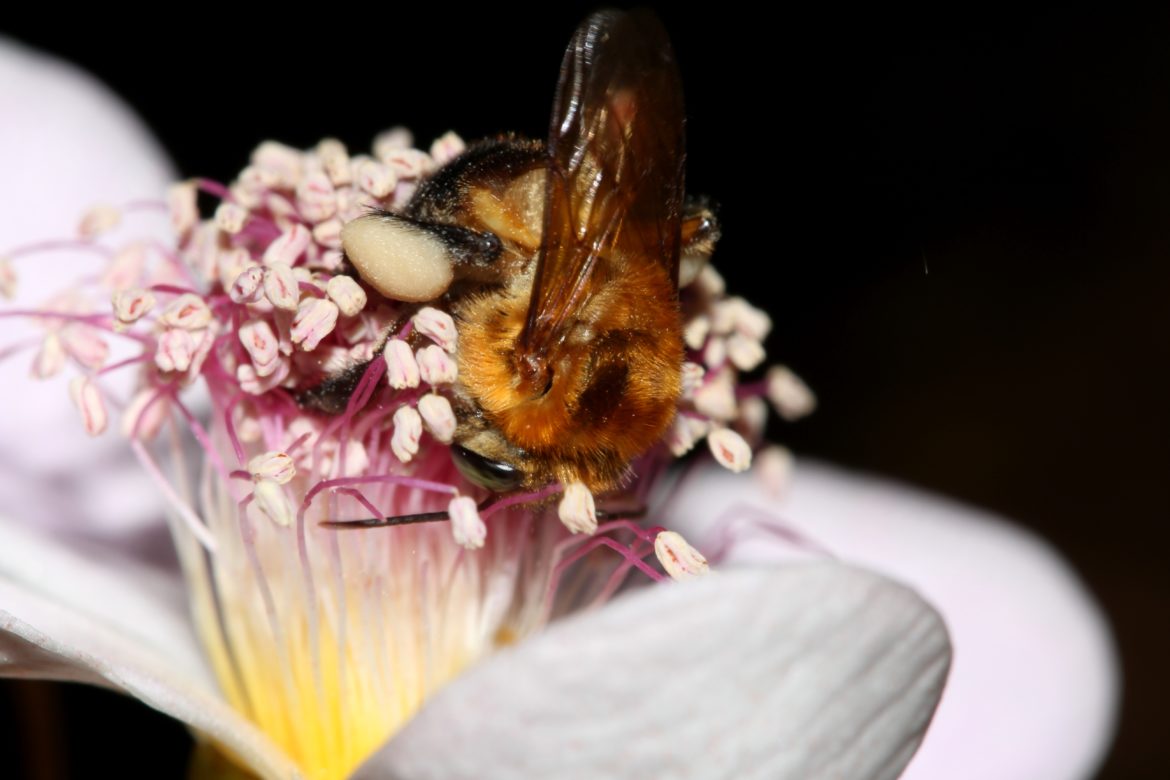
Stingless bee foraging for pollen in a flower
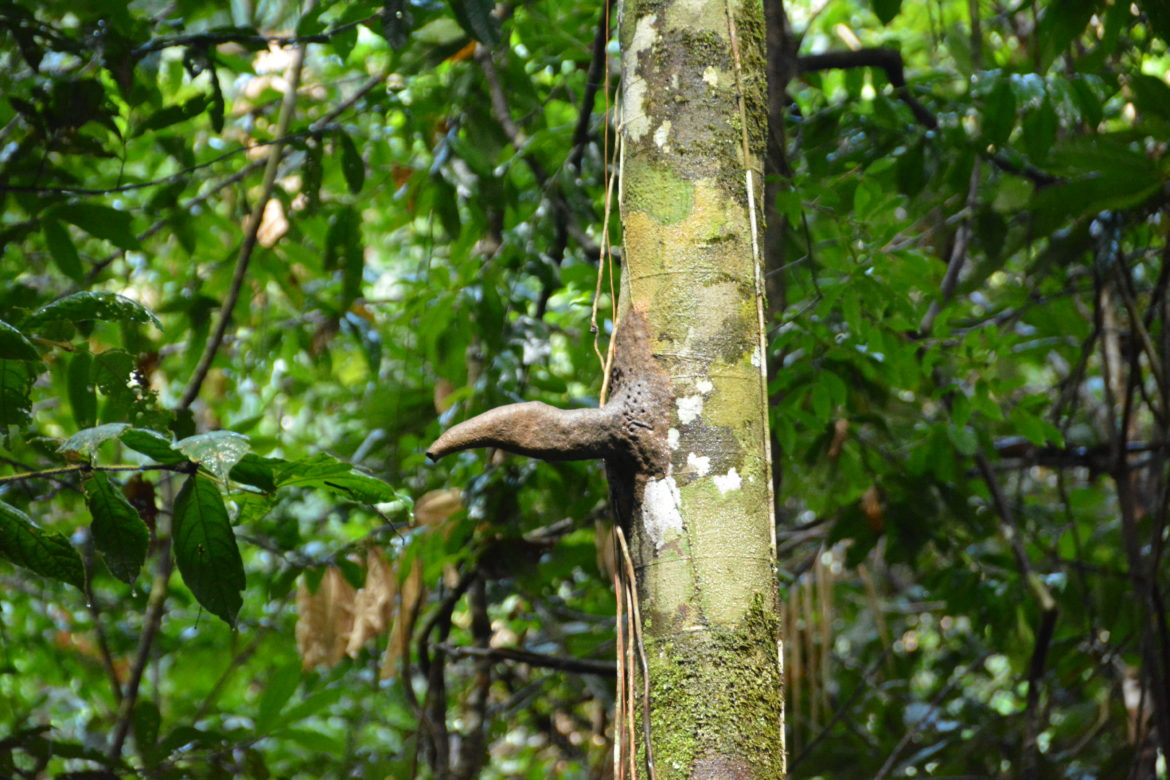
Share this post
Bring awareness to our projects and mission by sharing this post with your friends.


